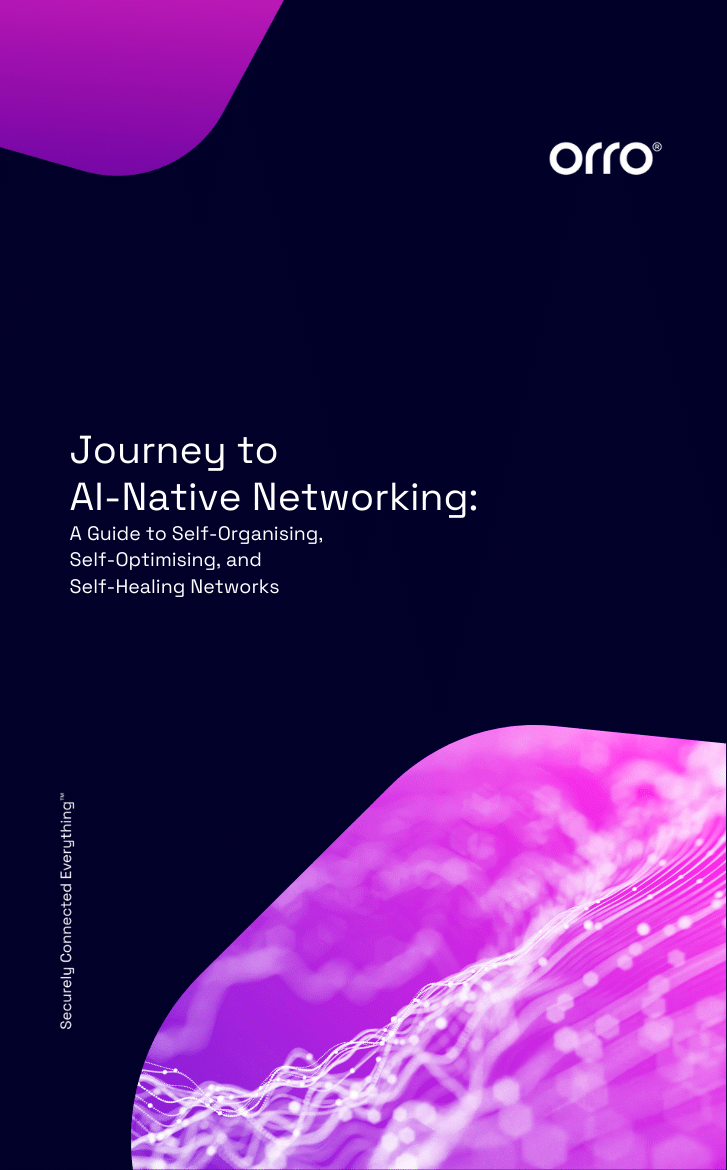Technology and education are more intertwined than ever before. Australian schools are now among the top three consumers of ICT across OECD countries. This is a testament to the growing recognition of the incredible potential digital technology brings to the modern classroom — from personalising learning paths and delivering immersive experiences, to facilitating collaboration at a global scale.
As the role of education evolves to meet the demands of a rapidly evolving landscape, the relationship between technology and education will become even more critical.
Inspired by the OECD Learning Compass 2030 framework, the purpose of education can be described as helping students develop the knowledge, mindset, skillset, and toolset necessary to:
- Confront challenges we can’t yet predict;
- Prepare for jobs that don’t yet exist;
- Harness technology that hasn’t yet been created;
- Take charge of their own and others’ wellbeing amidst uncertainty; and
- Co-create a world that is diverse, equitable, sustainable, and resilient.
Digital technology — when thoughtfully designed and carefully implemented — can empower the education sector to deliver on these promises. Simply put, this is because technology is an enabler of innovation, value-creation, connection, and collaboration.
But unlocking technology’s full potential in education requires tackling some lingering and emerging challenges today:
- Modernising ageing network infrastructure to support seamless remote and hybrid learning;
- Bridging the digital divide to ensure accessibility and inclusivity;
- Strengthening cybersecurity to protect sensitive student and institutional data;
- Overcoming shortages in IT resources and skills; and
- Advancing digital literacy for teachers to ensure confident, effective use of technology.
This whitepaper dives into these critical challenges and offers actionable strategies to help you address them.
"*" indicates required fields
